The People’s Own Savings Bank (POSB) has launched an USD$8.7 million Solar and Starlink facility, a financing establishment aimed at powering schools with solar energy and connecting them to the internet via SpaceX‘s satellite service.
This move is meant to address the country’s deep digital and energy divides.
The initiative, officially launched 13 October 2025, directly confronts a critical challenge within Zimbabwe’s education system. According to data cited at the event, over 60% of rural schools lack access to stable electricity, and more than 70% are without internet connectivity. This gap, which severely limits access to digital learning resources, was starkly exposed during the Covid-19 pandemic when students without connectivity were effectively locked out of remote education.
POSB Chief Executive Officer Garainashe Changunda framed the launch as part of the bank’s 120th-anniversary celebrations, positioning it as a strategic response to global shifts in clean energy and digital transformation.
“The Bank has dedicated USD8.7 million fund, spread over three years, 2025-2027, to enable schools, educators, households, SMEs and staff employed by the Ministry of Primary and Secondary Education, as well as the Ministry of Higher and Tertiary Education, to acquire and install solar energy systems and Starlink internet connectivity,” said Mr Changunda.
The POSB Solar and Starlink Facility will provide loans over the next three years to schools, educators, and even households and SMEs associated with the education ministries. The bank has set an ambitious target to power 400 schools, 2,700 households, and 400 small businesses by 2027.
“The ability of schools to provide relevant, future-oriented learning increasingly depends on two enablers, that is, reliable energy and digital connectivity,” Changunda stated in his speech. He characterized the current statistics as representing “lost potential, constrained opportunities, and widening inequality.”
The program will be administered through partnerships with private companies. POSB will provide the financing, while Transerv and Global Solar will handle the installation of solar systems, and state-owned telco TelOne will manage the Starlink installations. The bank is offering customizable solar power solutions ranging from 1kVA to 20kVA.
To make the loans accessible, the bank is offering up to $10,000 without requiring collateral, with promises of 48-hour approval and installation within seven days. Repayments can be structured over 24 months, a period designed to align with schools’ income cycles.
The Guest of Honour, the Minister of Primary and Secondary Education, Honourable Torerayi Moyo, endorsed the project, stating it complements the government’s own Presidential Computerization and Polarization Programmes.
“This strategic program aims to harness solar energy to power educational institutions across the country, specifically addressing the energy needs of schools in remote areas where electricity is unavailable, this timely and visionary intervention by P.OSB responds to the realities of our era, where sustainable energy, digital transformation, and innovation are paramount”, said the minister.
The initiative is explicitly linked to several national and international frameworks, including Zimbabwe’s National Renewable Energy Policy, its climate commitments under the Paris Agreement, and the UN’s Sustainable Development Goals (SDGs) for quality education, clean energy, and climate action.
In a revealing step, POSB disclosed it has already begun the process of registering the project for carbon credits, a move that could generate additional revenue from international climate finance by monetizing the reduction in carbon emissions from displaced fossil fuel power.
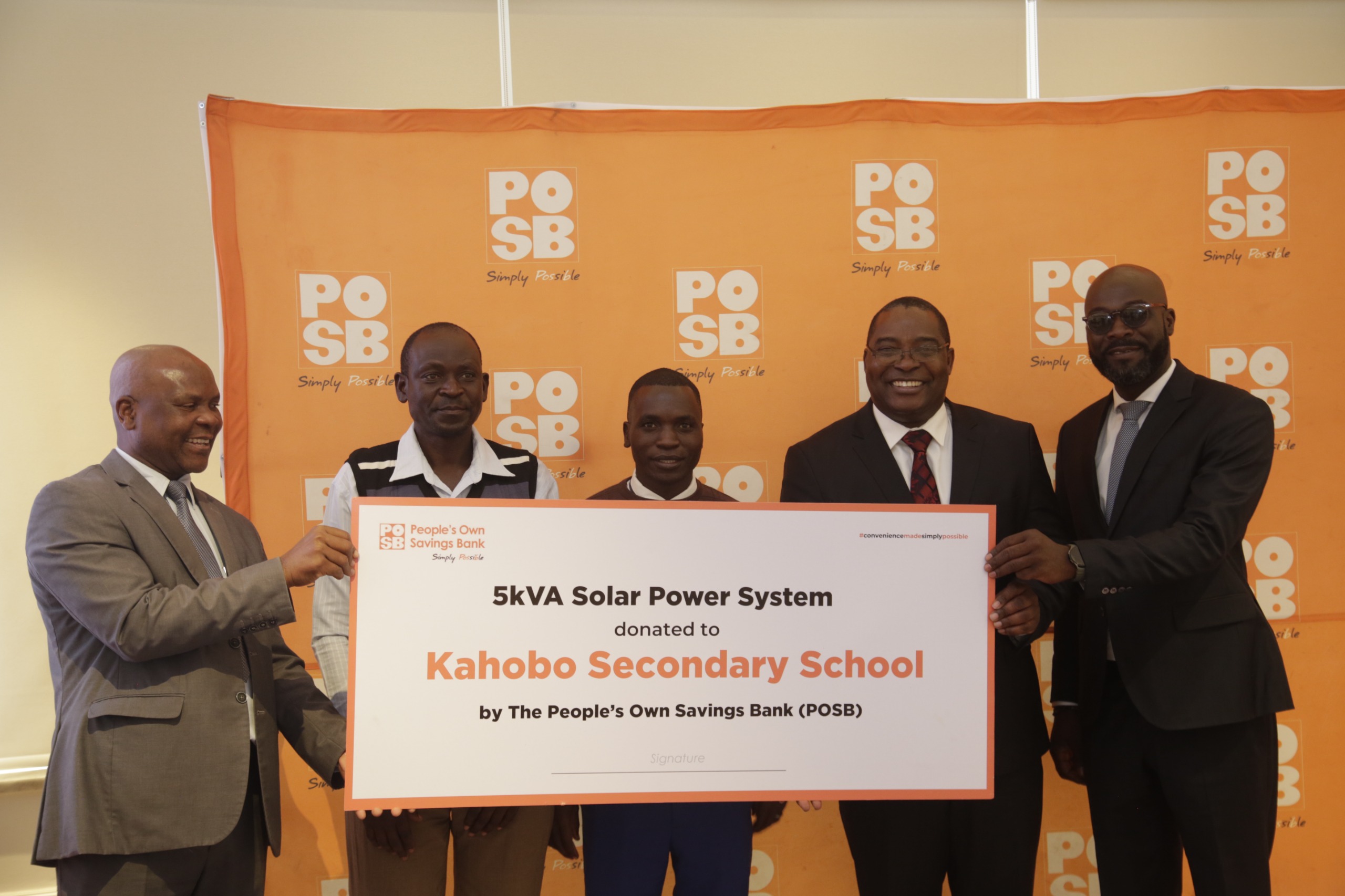
The scale of the challenge was underscored even as the program was launched. In a concurrent corporate social responsibility (CSR) gesture, POSB donated $20,000 for free 5kVA solar kits to seven schools identified as having no electricity at all. The beneficiary schools are in remote districts including Gokwe North, Chipinge, Bubi, and Bindura.
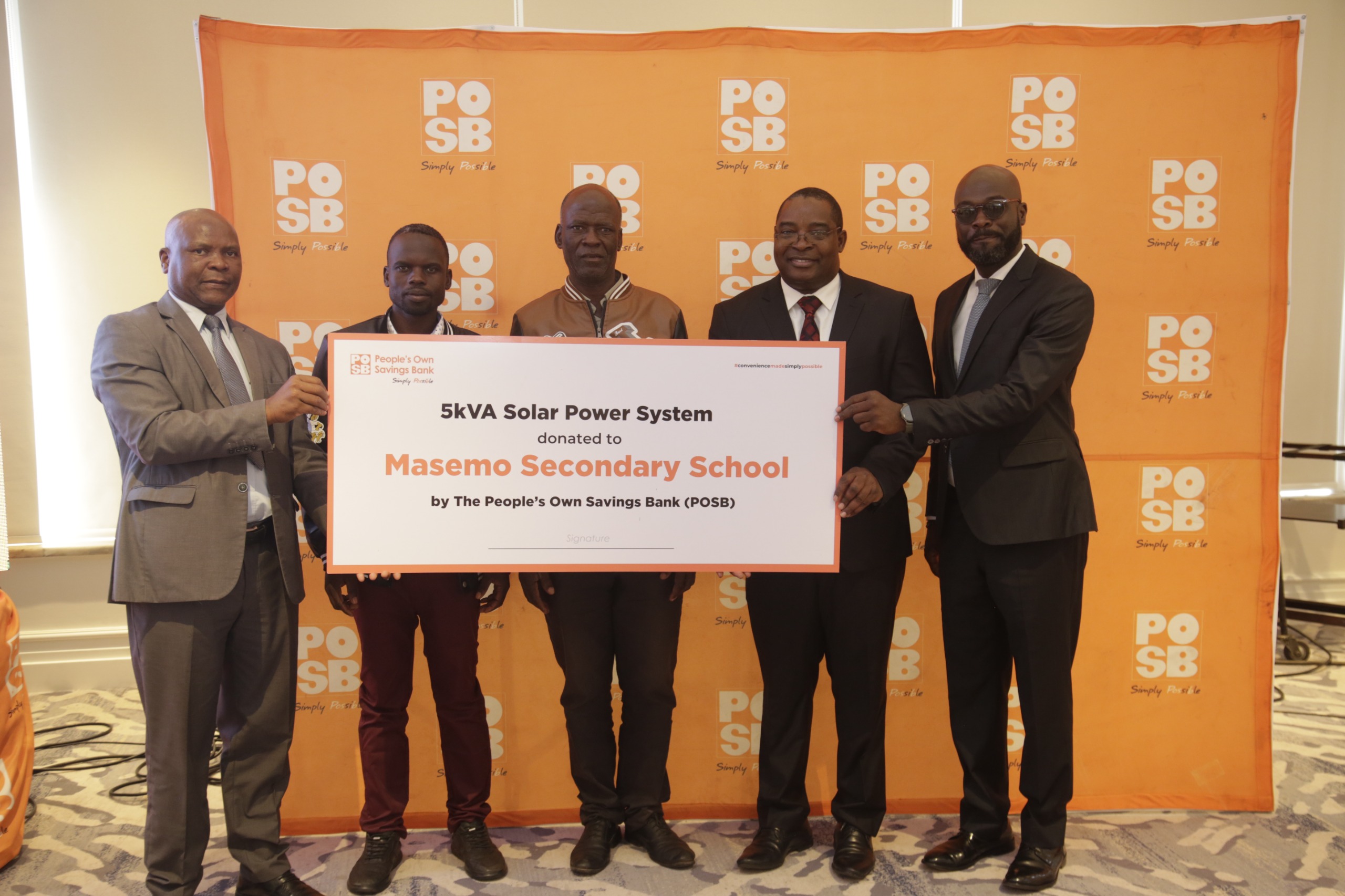
The POSB facility represents one of the most substantial targeted investments in educational infrastructure in recent years. Its success will be closely watched, as it tests a model for leveraging banking finance, private sector partnerships, and potential carbon markets to solve a persistent public sector problem.
If successful, it could provide a blueprint for addressing similar gaps across the continent. However, its impact will ultimately depend on the uptake by schools, the reliability of the technology deployed, and the management of the loan portfolio in a challenging economic environment.



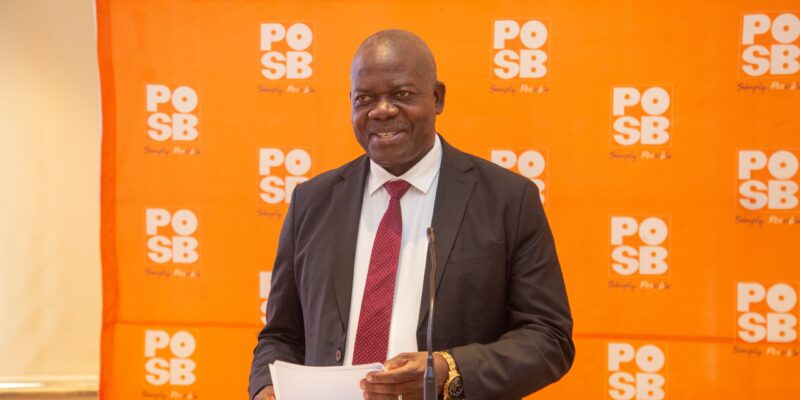
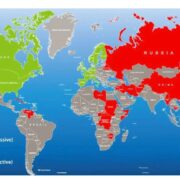


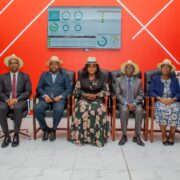
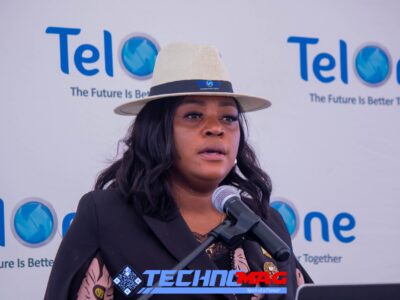


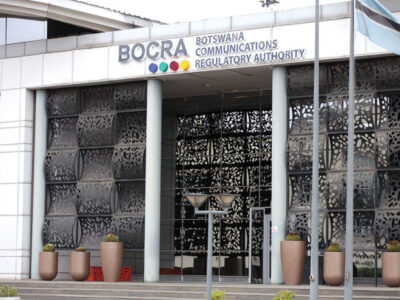



Comments